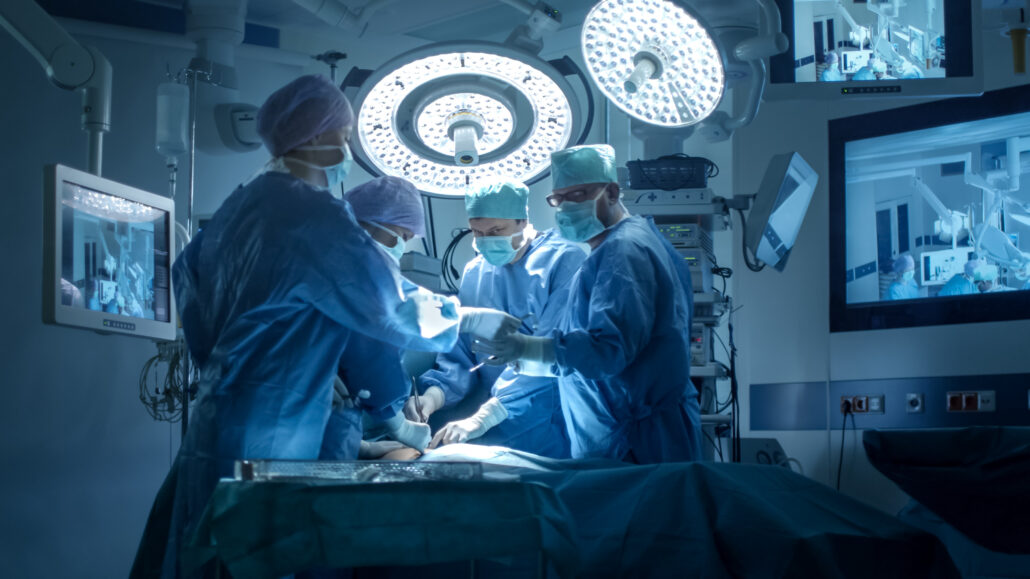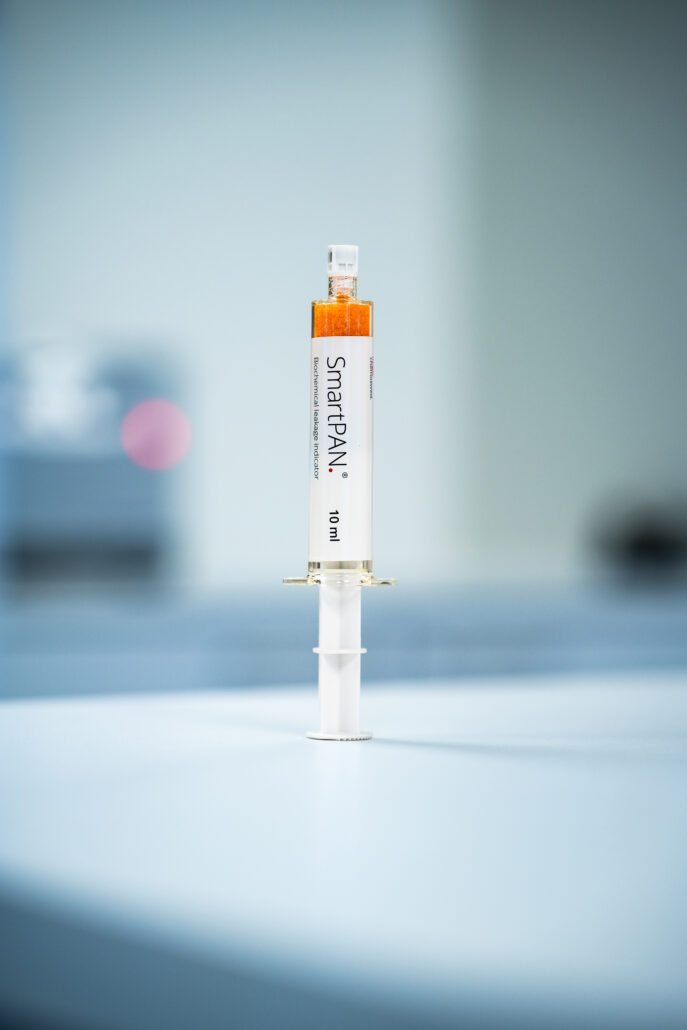Interview with Dr. Thomas M. Pausch
PD Dr. med. Thomas M. Pausch, MD from the Department of General, Visceral and Transplantation Surgery at Heidelberg University Hospital, Germany.
Experience in research in pancreatic cancer
“I’m happy to share my experience in research in pancreatic cancer and pancreatic surgery as I am doing pancreatic cancer and pancreatic surgery research since almost 20 years. When I started with my doctorate thesis in 2004. That was already a basic research project about pancreatic cancer and after I moved to Heidelberg in 2009, I have participated in several basic translational research. And clinical studies dealing with both topics and what we have seen since then is progress in the knowledge of this disease and of these practices and especially a refinement of therapy over the last 20 years.”

Complications
“In my experience, the complications from pancreatic leakage are kind of manifold. First, of course, you have a post-operated pancreatic fistula that derives from this leakage and intra-abdominal abscesses and there’s been a lot of research about these two things. From these initial complications later, there comes things like; decreased gastric emptying, so problems with the gastrointestinal passage. also, other serious complications like hemorrhage that can originate from pancreatic leakage. Which could lead to pancreatic fistula, and pneumonia, heart disease problems.
For the pancreatic cancer patients in particular, is the interruption of their oncological therapy, and the degradation that their physical status goes with, due to these postoperative complications.”

Complication Rate
“Some statistics regarding pancreatic procedures in Heidelberg indicate that approximately 600-700 surgeries are performed annually, translating to a substantial number of operations each workday. I actively contribute to these procedures on weekends and at night. The complication rates in pancreatic surgeries have notably improved over the last 30 years, particularly at specialized centers like ours.
This indicates a decrease in mortality rates, but morbidity remains a concern, particularly regarding leakage and pancreatic cyst formation. Following partial pancreatoduodenectomy, our complication rate is less than 10% for fistulas. However, concrete permits that can reach more than 50% of complications.”


Guidelines
“There are established guidelines for the standard of care pancreatic surgery and the most valuated ones are published by the International Study Group of Pancreatic Fistula, which is a consortium of internationally based surgeons especially My former boss has been professor Büchler, has been very active with that and there are guidelines for the standard of care before, during and after surgery.
From my perspective, we can progress further with standardized treatments and the reduction of complications in pancreatic surgery. If we work together for more targeted therapy, we have to follow specific guidelines that includ . In the near future, maybe artificial intelligence may be involved, as colleagues in the Netherlands have developed very valuable guidelines and very valuable treatment pathways that everyone could use. We must keep on working on the refinement of minimally invasive therapy, and personalize the therapy and this is something that we can all help to establish.
I have used SmartPAN during the developmental phase. In the preclinical phase in more than 100 porting pancreatic surgeries and in the clinical Phase, I was lucky to participate in the VIP trial that we have conducted and that we are about to publish right now. I was there for about 10 pancreatic surgery operations where I participated and used SmartPAN.”
SmartPAN Value
“SmartPAN contributes to saving time while localizing leakage. Thus, targeted therapy becomes feasible, and this might save time. But mainly, it provides our team with a sense of safety regarding their procedures. Let’s refer to it as the assurance that they have done their utmost for the patients to ensure safety in the outcomes.
From my perspective, the specific value that SmartPAN can bring to us as surgeons and to the improvement of outcomes and the reduction of complications by making targeted therapy feasible and that means targeted therapy of pancreatic leakage that is the origin of postoperative pancreatic fistula. Frequent and sometimes dangerous complications will help make pancreatic surgery safer.
The insights and findings I can share from our studies indicate that SmartPAN is fast, highly precise, and safe for visualizing pancreatic leakage. An interesting observation from the clinical study phase is that both patients and surgeons express a desire to participate in the usage of SmartPAN during surgery. They believe it enhances the precision and safety of the operation.”

The Key Takeaways
“In conclusion, the key takeaways regarding the impact of SmartPAN on pancreatic surgery and patient outcomes are noteworthy. SmartPAN contributes to the precision of pancreatic surgery, bringing it closer to personalized therapy. The approach becomes gentler, avoiding the unnecessary removal of parts of the pancreas unaffected by disease but challenging to handle during and after the operation. By treating them in a targeted manner, we can preserve more pancreatic tissue and enhance the patient’s quality of life post-operation. This translates into a more precise and gentler procedure for the patient, potentially making pancreatic surgery safer as we continue to gather evidence.
Based on my experience, I would definitely recommend SmartPAN to pancreatic surgeons. While pancreatic surgeons may not be accustomed to the new possibilities of targeted treatment, I encourage them to explore and embrace this innovation. Personally, I am optimistic that our study team can contribute to boosting awareness through scientific evidence and publications.”